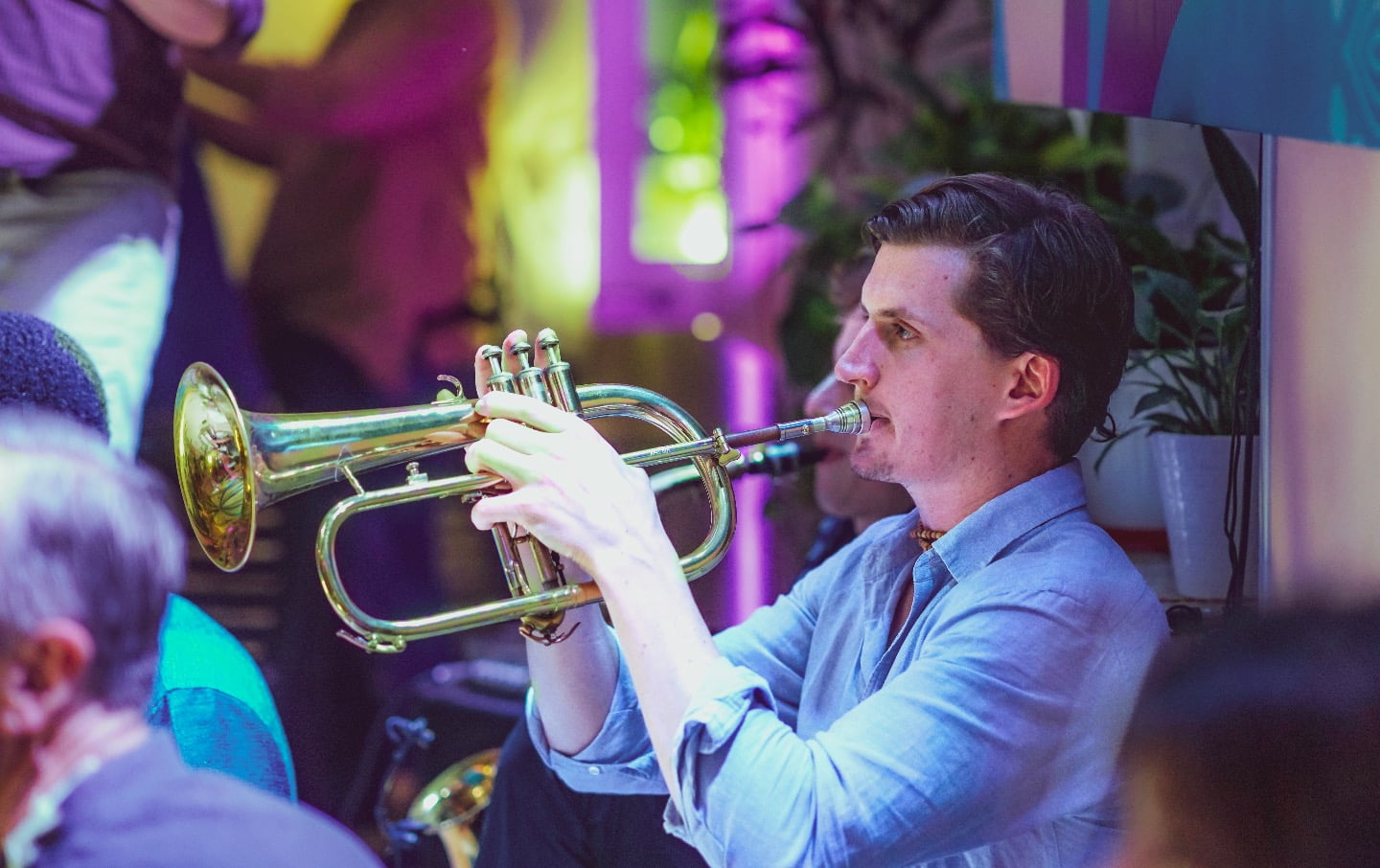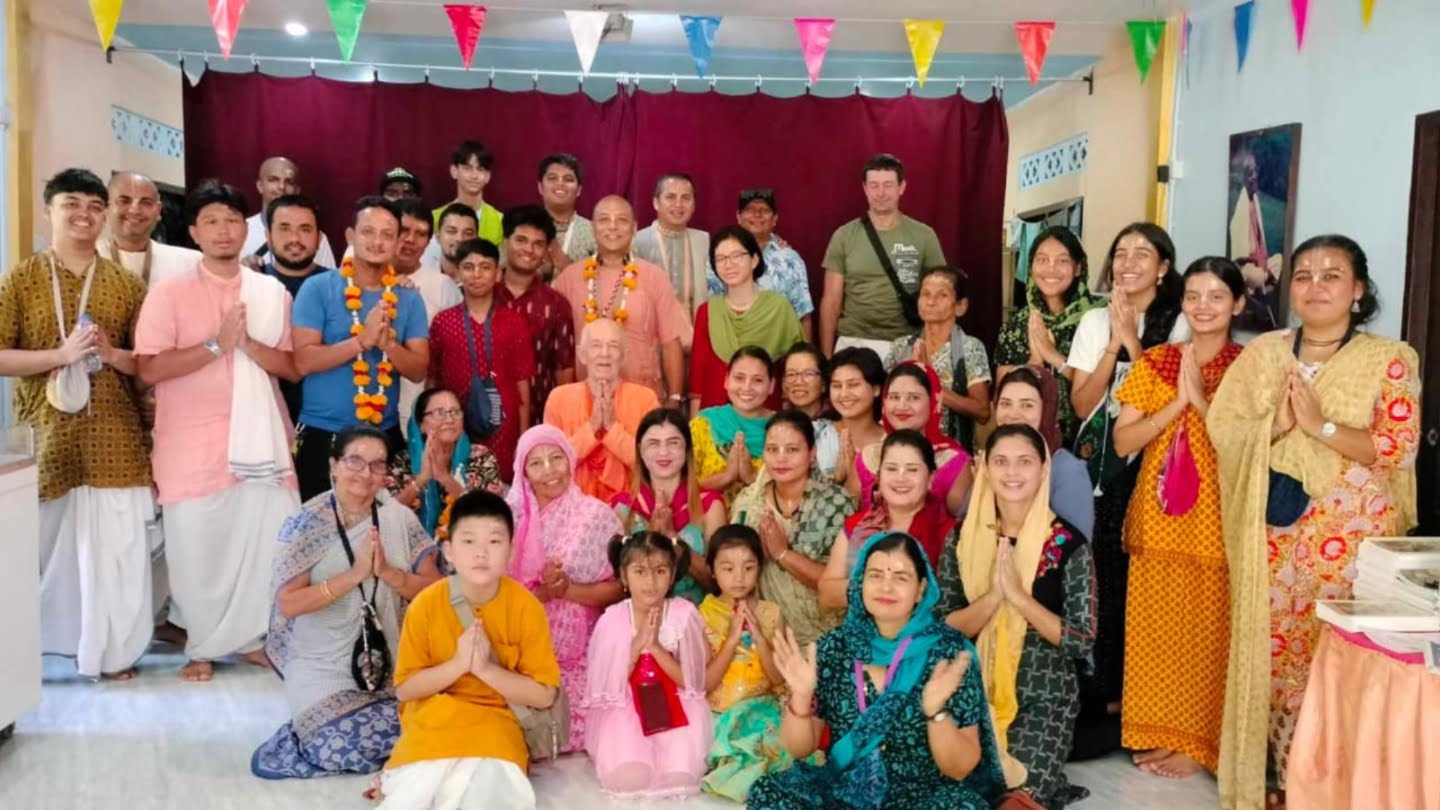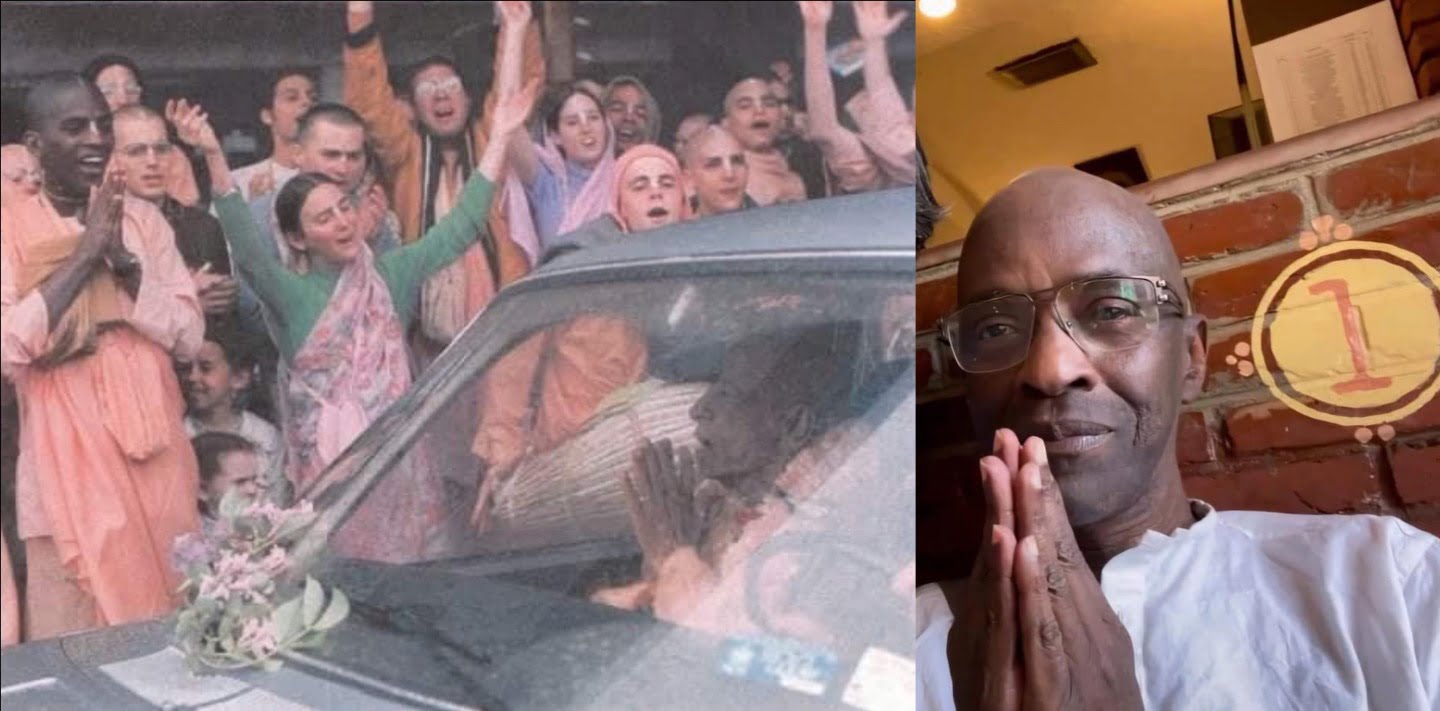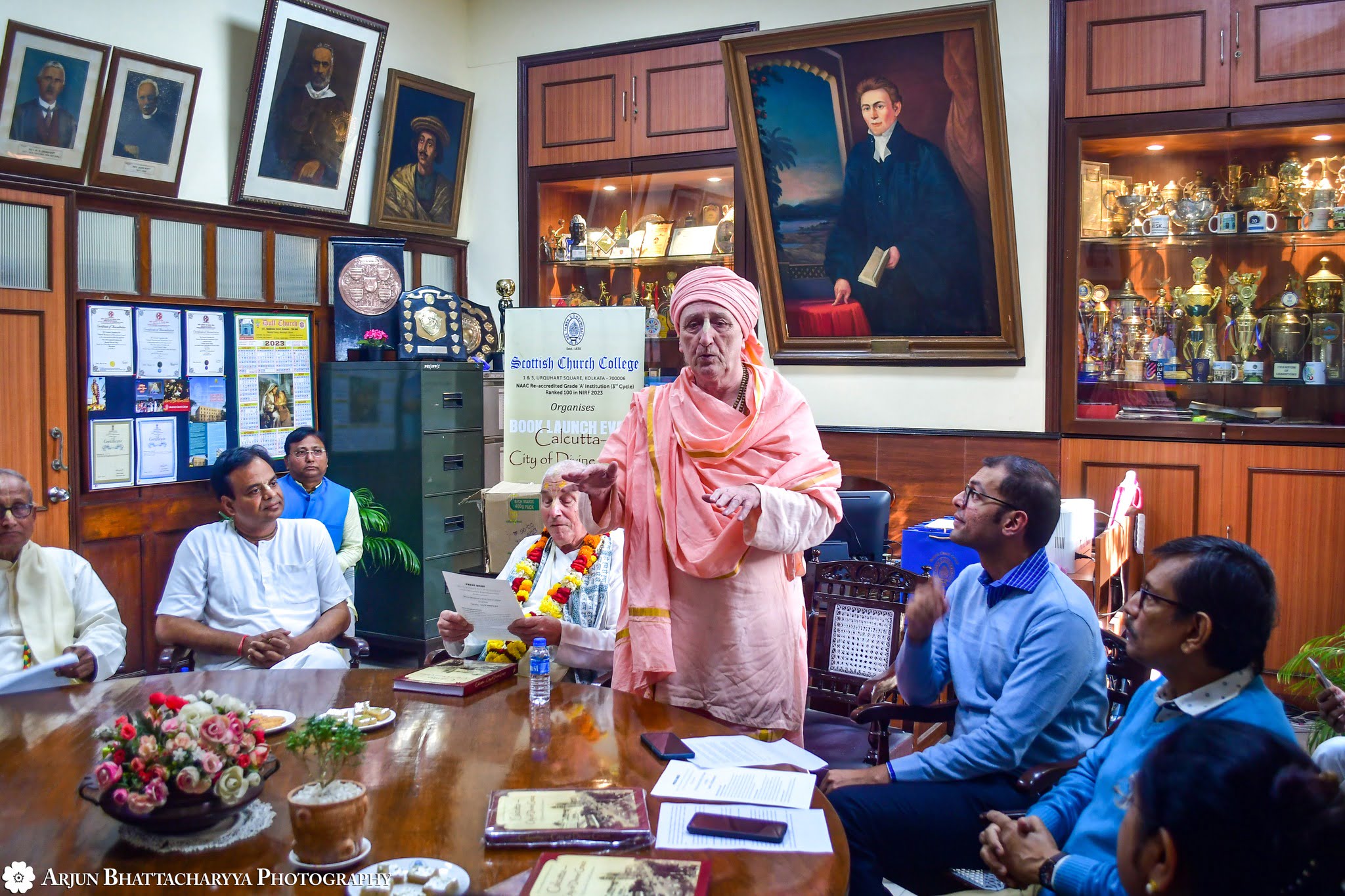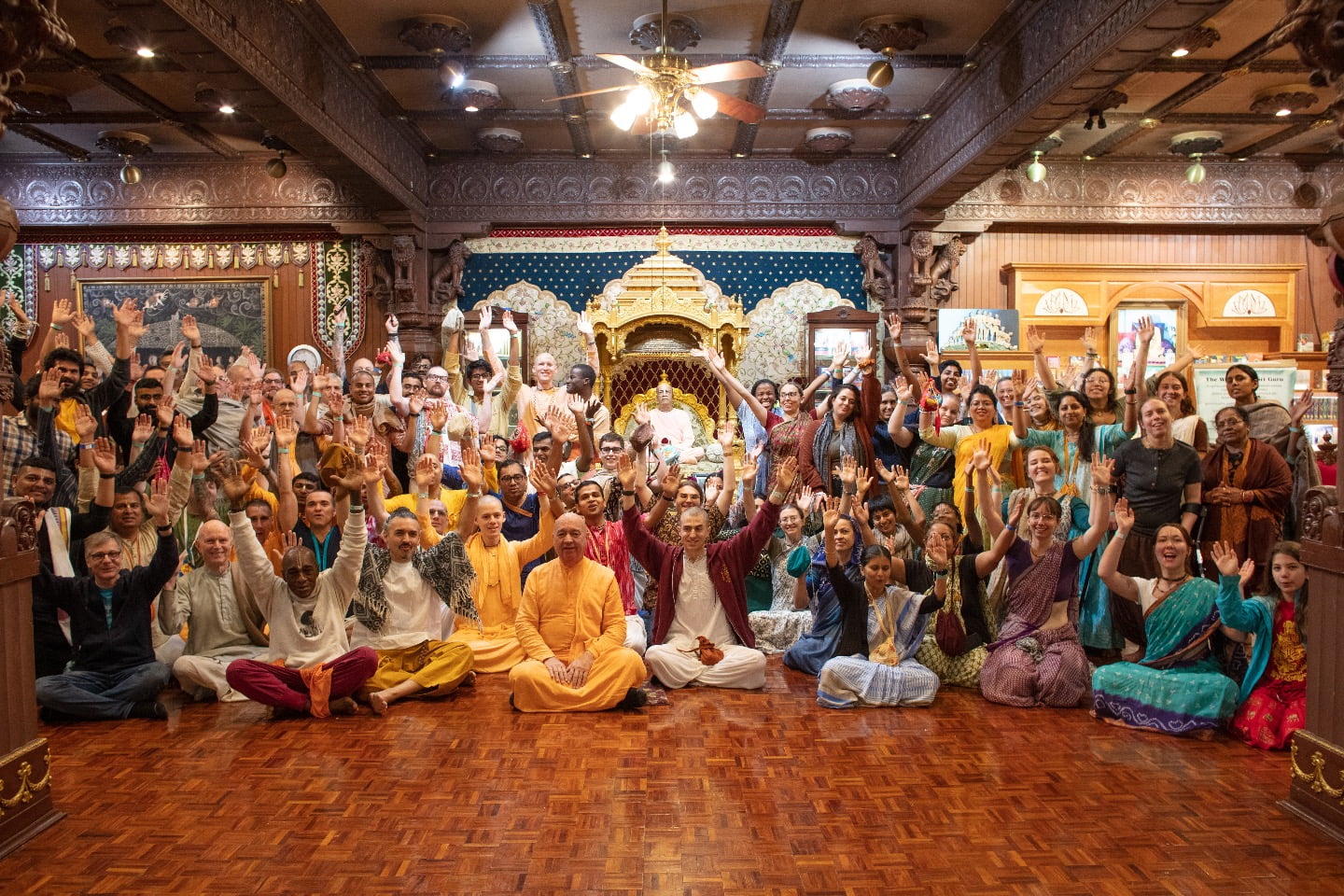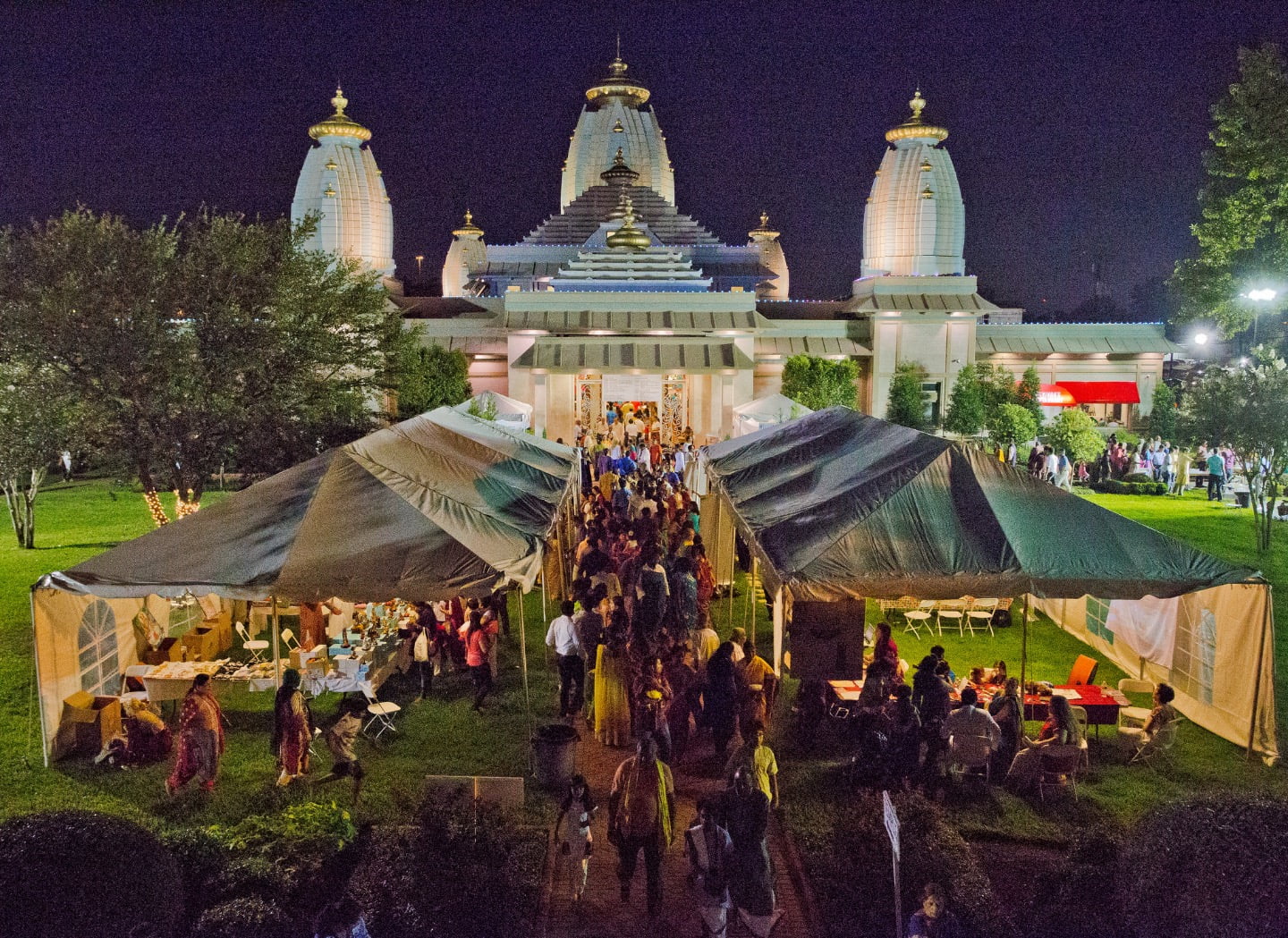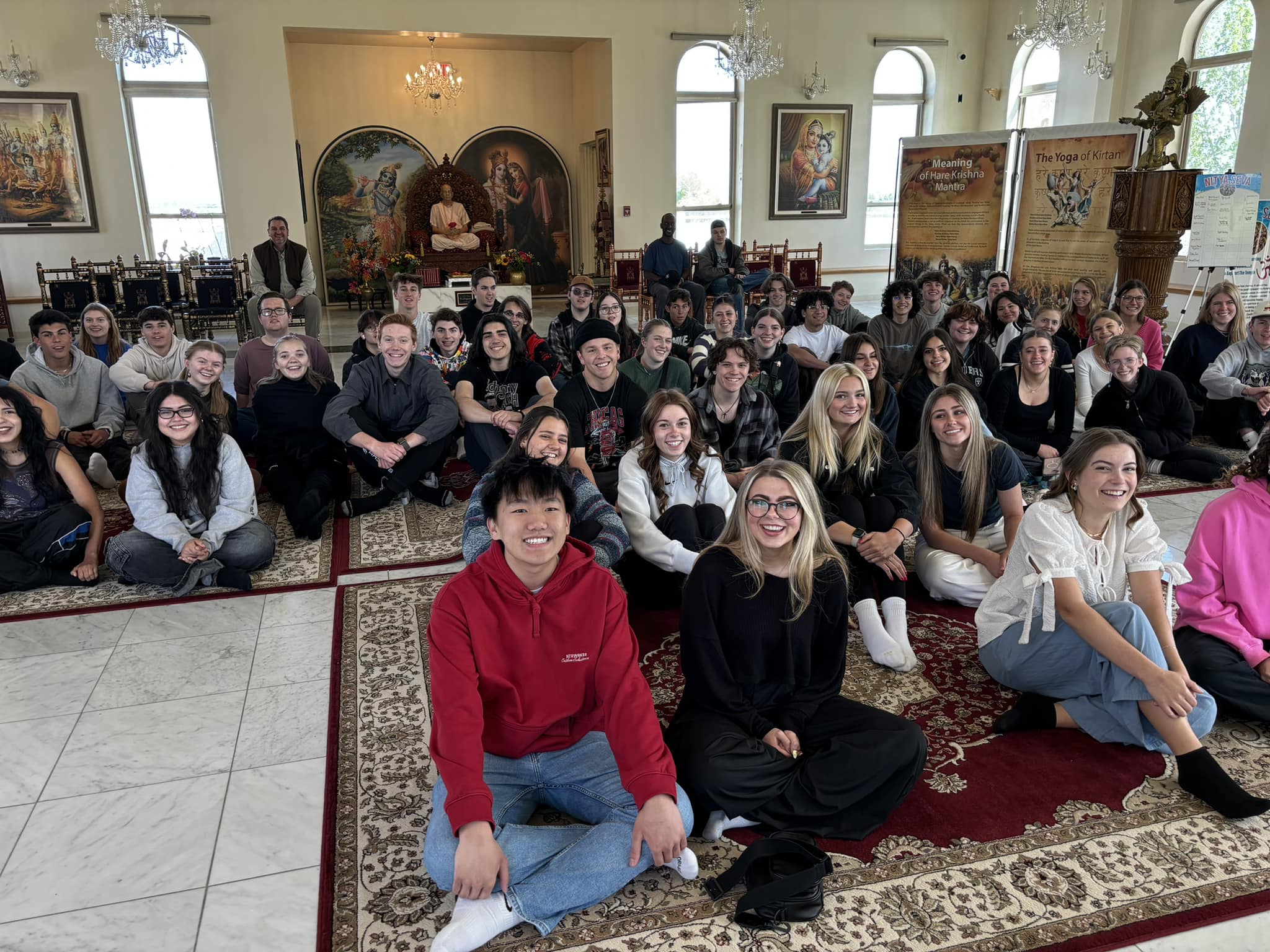ISKCON Delhi to Open Eighth and Ninth Temples
By Madhava Smullen | Jul 19, 2013
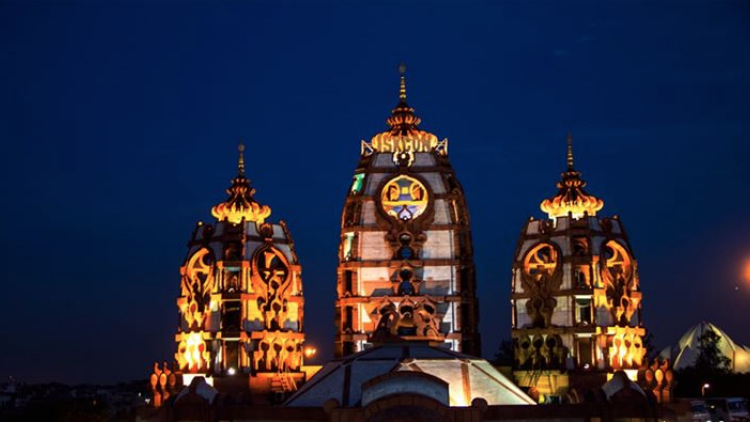
Two brand new ISKCON temples are set to open in Delhi soon.
The first will open in the Dwarka Suburb of Delhi on August 21st this year.
Deities of Sri Sri Rukmini Dwarkadish will be installed on the day, which is also the sacred appearance day of Sri Balarama.
The current building is a temporary temple with basic amenities, but it will be replaced by a major permanent temple in due course—construction will start on a 9,680 square yard plot within around one year.
In addition, another major temple is under construction in the Noida area, and is scheduled to open on February 12th 2014.
The most surprising and wonderful thing about these new developments are that they will be no less than the eight and ninth ISKCON temples in Delhi!
“Our GBC Gopal Krishna Goswami once told us that Srila Prabhupada instructed him to have eleven temples in Delhi—one big and ten small,” says Raghava Pandit Das, Project Director and President for the Dwarka temple and several others. “So he has been working on fulfilling that desire of Srila Prabhupada.”
Srila Prabhupada, of course, first begun preaching his message of Krishna consciousness in Delhi back in 1956, when he struggled virtually alone to print and distribute his magazine Back to Godhead.
He returned later with his American disciples, holding a huge ten-day pandal event in 1971 that drew hundreds of thousands.
At his request, his disciples Guru Das, Yamuna Devi, and Bhanu Swami (then Bhanu Das) began preaching in Delhi and trying to establish an ISKCON center there. After some very austere times during which they often had no money, no place to stay and no food, they eventually found a small, ramshackle building in Bengali Market, just Southeast of Connaught Circus.
Srila Prabhupada installed Deities of Sri Sri Radha Partha Sarathi in this modest temple around 1975. After that, the Deities moved several times, until they were installed in the sprawling Sri Sri Radha Partha Sarathi Mandir in 1998. Currently the largest ISKCON temple in Delhi, and one of the largest temple complexes of any organization in India, it is located in Sant Nagar, East of Kailash in South Delhi.

Sri Sri Radha Parthasarathi, the presiding Deities at ISKCON Delhi’s Sant Nagar temple
Gopal Krishna Goswami began work on the complex in 1982. It features temple domes that rise ninety feet into the air, a three-altar temple room that can house 1,500 people, a Vedic Library, a cafeteria, and a Govinda’s restaurant. There’s also a “Vedic Expo” with a Ramayana art gallery and Mahabharat and Bhagavad-gita experiences featuring dioramas, high tech gadgets, interactive exhibits and sound and light shows.
In 2009, a Kaliya Krishna Pond with a life-sized form of Lord Krishna dancing on the heads of the serpent Kaliya was added to the complex.
Devotees have also worked with the Delhi government over the years to develop a popular 25-acre park behind the temple, adding to its beautiful landscape.
“Thousands of tourists and visitors come to the temple every day,” says ISKCON Delhi Director for Promotions Yudhistira Govinda Das. “And when the schools are functioning five hundred to one thousand students turn up every week.”
Meanwhile back in 1984, Delhi’s second ISKCON temple—after the original small Radha Parthasarathi Mandir—was established in Punjabi Bagh, in the western part of the city. Starting with humble beginnings, it was moved to a larger premises in 2005 and is now home to Sri Sri Radha Radhika Ramana and the only Deities of Krishna Balarama in Delhi. The temple features a seminar hall, preaching area, ashram, snack bar and gift store. It is located in an upper class residential area, and is attended by many local businessmen.

The temple in Ghaziabad, which was opened in 1998
The third ISKCON temple in the Delhi area was opened in Ghaziabad, 19 kilometers east of the city, in 1998—the same year as the main Sant Nagar Radha Parthasarathi Mandir. Also located in a residential area, it is home to Deities of Radha Krishna and Jagannath, Baladeva, and Subhadra and has a small guest house and youth hostel.
The next ISKCON center to open in Delhi—in 2003—was the two storey Panch Sheel preaching center, just fifteen minutes’ drive from Sri Sri Radha Parthasarathi Mandir. With presiding Deities of Sri Sri Gaura Nitai, it has a temple hall, meeting room, Deity kitchen and guest rooms on the first floor. On the second floor are rooms for resident devotees, a library, a prasadam dining hall and a devotee kitchen. The temple sits in an affluent residential area, and is mostly attended by local residents.

An evening program at the Panch Sheel center
ISKCON Delhi’s fifth and sixth temple are technically located in the state of Haryana, but are still in the Delhi area. One, in Faridabad, is 13.5 kilometers from Radha Parthasarathi Mandir, and is home to Deities of Radha Krishna and Sita Rama. It opened in 2007.
The other, in Bahadurgarh, is a two-acre farm with a goshala for cow protection and a small temple.
Then there’s the recently opened Chattarpur temple, located some distance from the main road in South Delhi. Surrounded by gardens and trees, it’s the perfect location for devotee retreats and camps.
The temple building itself has a distinct Oriya style and was designed as a replica of the Jagannath temple in Puri, Orissa. It is surrounded by Deities of different incarnations of the Lord, along with Bimala devi, Bhu devi and Lord Siva.

ISKCON Delhi’s Chattarpur temple is a replica of the Jagannath temple in Puri
“The temple was originally constructed by a sannyasi from the Gaudiya Math,” Yudhistira says. “But in 2012 he wished to move to Radha Kund, so he kindly requested ISKCON to take care of the Deities and the temple. Since then we have renovated and made a few improvements, and today it’s a wonderful project.”
Delhi’s eighth ISKCON center will be in the Dwarka suburb, with a temporary temple scheduled to open on August 21st this year. This will have a 1,500 capacity temple hall, a residential ashram, a seminar hall, a guest reception area, a prasadam hall and a room for visiting senior ISKCON leaders.
Construction on an even more impressive permanent temple on the same two acre site is expected to begin in a little over a year.
A guest ashram, restaurant, banquet hall, library, museum, free prasadam distribution area and more will be included in the temple, which will be surrounded on all sides by beautiful gardens.
“As for the preaching projects—the potential is huge,” says Raghava Pandit Das. “Dwarka is the biggest colony in Asia, and hence offers many avenues. One of the most important law schools in India is located just ten minutes from the temple, and there are nearly six schools within a two mile radius.”

Guests pack into the temple for a program in Dwarka
Meanwhile Delhi’s ninth ISKCON center, in Noida, will open on Feburary 12th 2014, the auspicious date of Sri Nityananda Prabhu’s appearance day.
The temple is located in an important business and residential district, and will be designed as a replica of the historical Radha Govinda temple in Vrindavana, the sacred land where Lord Krishna grew up. Five stories high, it will feature intricately carved pillars and paintings depicting the pastimes of the Lord.
The temple will include a beautiful temple room for Sri Sri Radha Govinda; rooms for residents and VIPs; a multi-purpose hall for stage programs; a diorama gallery depicting the lives of Lord Krishna, Ramachandra and Sri Chaitanya Mahaprabhu; a Govinda’s restaurant with a Vrindavan forest design; and a library and seminar halls.
Devotees also plan to develop a large piece of land behind the temple premises into a Krishna Jayanti park, where local families can enjoy spiritual picnics.
Throughout all these nine temples of Delhi, there is of course a vast amount of Krishna conscious outreach.
Devotees in all temples place a lot of importance on book distribution, which has drawn many people to take up Krishna consciousness. They also hold daily Harinam chanting parties on the streets, while householders run small groups at their homes, which has contributed to large scale interest in Bhakti-yoga.
“The other significant factor is the youth program,” says Yudhistira Govinda. “The ISKCON Youth Forum headed by Sundar Gopal Das is very active and operates sixty youth hostels in Delhi where students and working people stay and practice devotional life. They also go out and conduct programs in colleges such as the Delhi Institute of Technology and IIT Delhi.ISKCON Youth Forum also conducts youth festivals every few months in which anywhere between 3,000 to 5,000 youth participate.”
Delhi devotees also place thousands of Bhagavad-gitas in hotel rooms throughout the city, collaborate with the Delhi government to deliver free prasadam to the underprivileged, and offer spiritual counselling and regular programs for prison inmates.
Meanwhile every December, 10,000 school children participate in a Bhagavad-gita quiz, for which they naturally study the Bhagavad-gita and visit the Vedic Expo at the Sant Nagar Radha Parthasarathi temple.
To keep devotees inspired, a 24 hour kirtan is held every fortnight on Ekadasi at the Sant Nagar temple, and many courses are offered such as the Bhakti Sastri study course, ISKCON leadership course, and ISKCON communications course.
With all these temples and outreach programs, you might think Delhi devotees are resting on their laurels. But no—there’s more to come.

The Chippiwada were Srila Prabhupada stayed while distirbuting Back to Godhead in the 1950s
ISKCON Delhi has acquired the Chipiwada temple where Srila Prabhupada stayed and distributed Back to Godhead magazine back in the 1950s, and plans to turn it into a museum for the ISKCON founder.
Devotees have also begun construction on another temple in Rohini, near Punjabi Bagh, which will complete Srila Prabhupada’s wish for ten small temples and one big temple in Delhi.

A design for the planned future temple in Rohini
“We feel that no one should miss out on the association of devotees and darshan of their Lordships due to distance,” says Raghava Pandit. “So we want that regardless of where one may be in the Delhi area, one should be able to visit an ISKCON temple within a 15 kilometer radius.”





